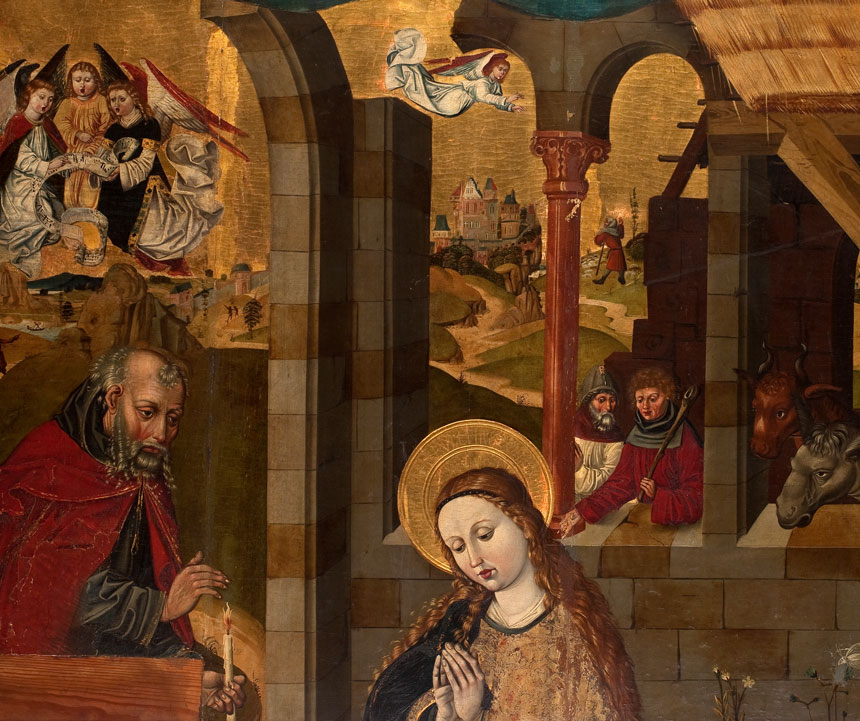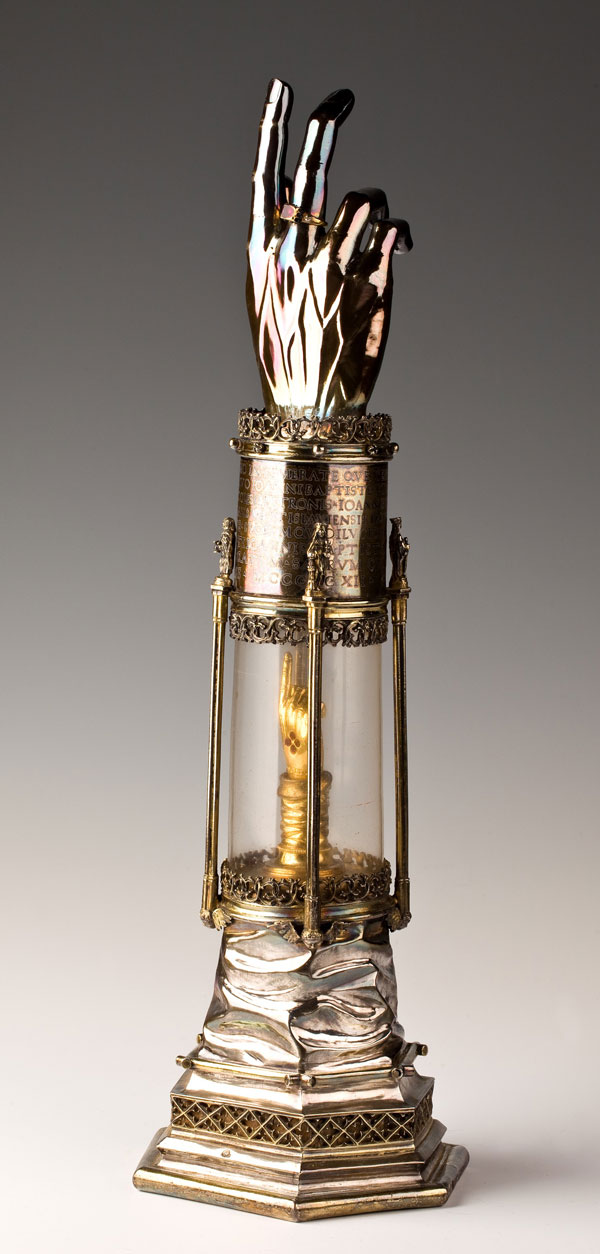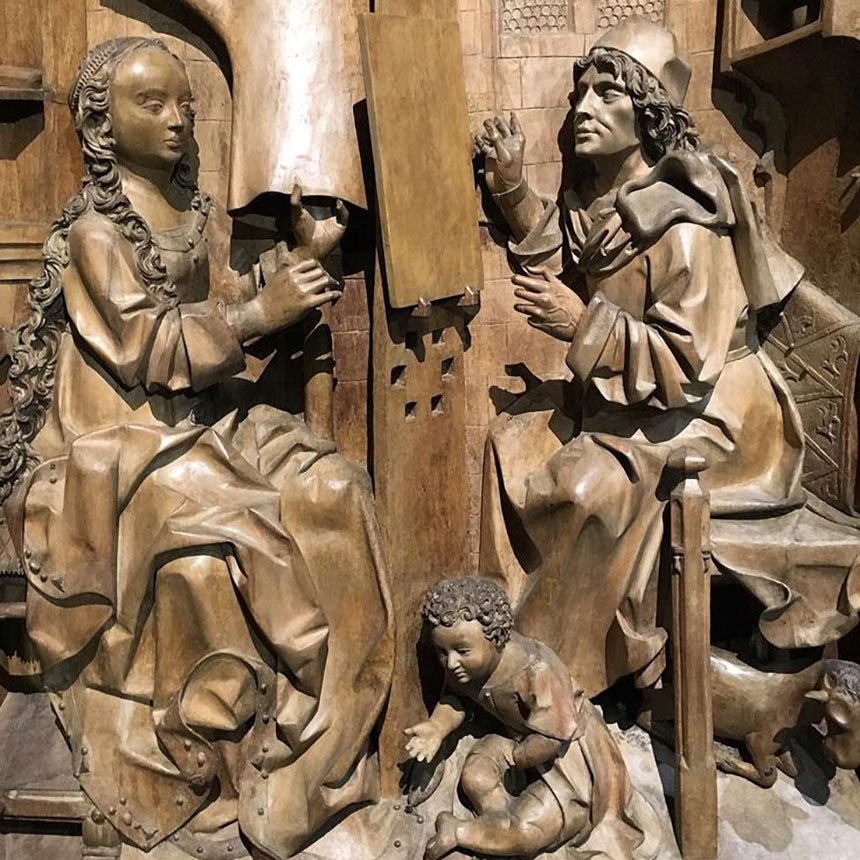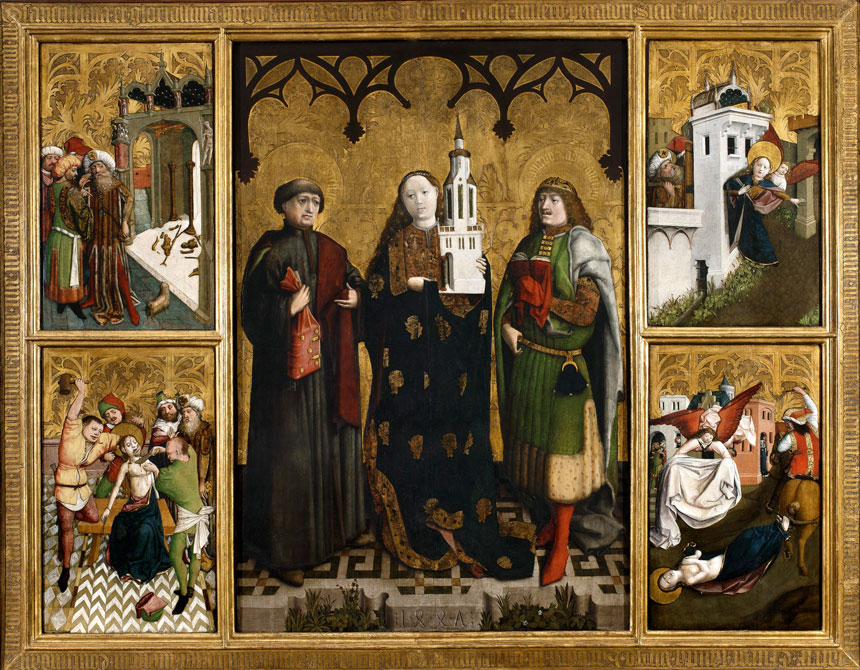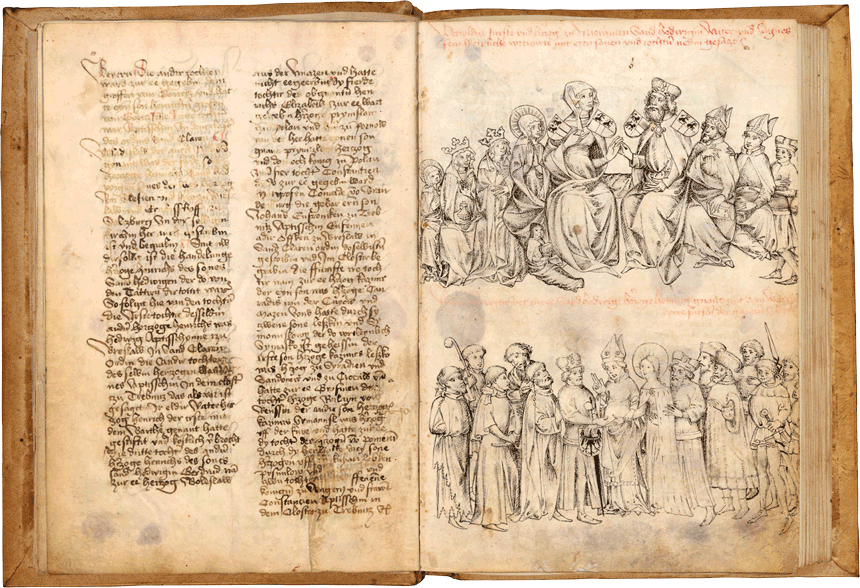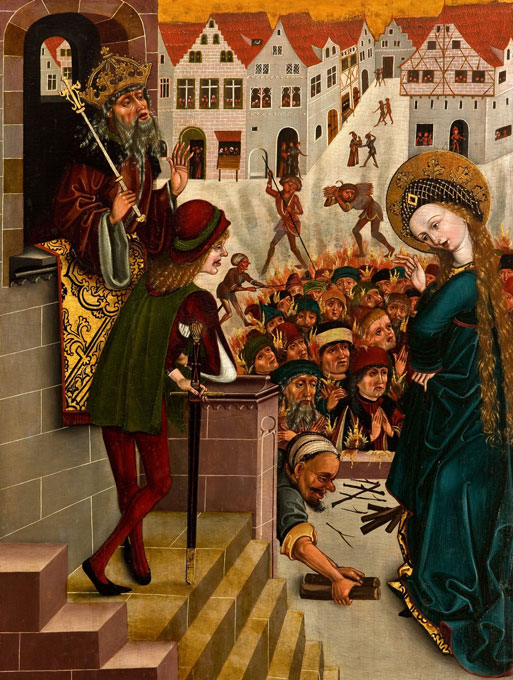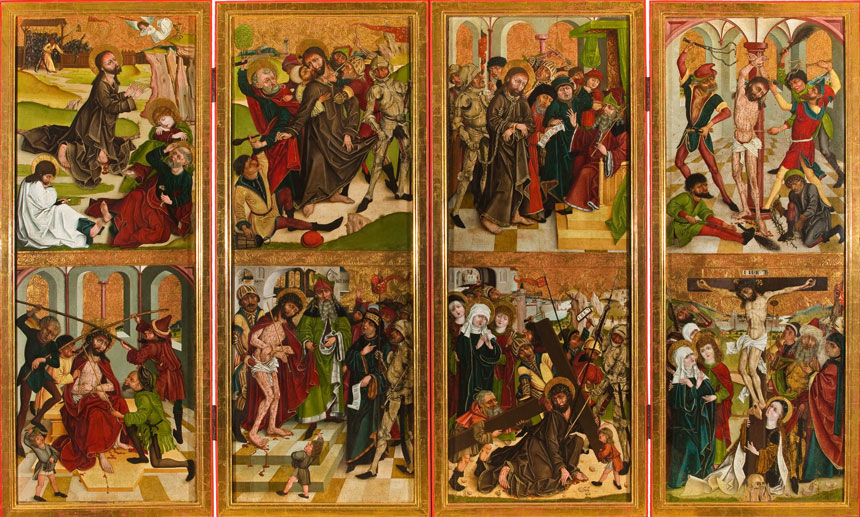Late Gothic Art in Silesia
9 October 2018 – 3 February 2019
Foto A. Podstawka
Curator of the Exhibiton: Dr. Agnieszka Patała, the Institute of History of Art, the University of Wrocław
The exhibition of painting, sculpture and goldsmith work created in Silesia, and of the artefactscommissioned by the local inhabitants in other European locations from 1440 to 1520.
In the words of the curator, Dr. Agnieszka Patała, “The title of this exhibition highlights the factor which played a decisive role in the specificity of Silesian towns, especially Wrocław, and the nature of local artistic output.
Indeed, the migrants of the title were the artists who left us really exceptional works which today are the pride and joy of many art collections in Poland and abroad. They arrived in Silesia from distant lands and settled in this region, establishing workshops which gave employment to a few other artisans, and worked on many commissions – often from faraway places. Among them were such artists as Wilhelm Kalteysen von Oche (whose revolutionary Altar of St. Barbara made in 1447 has been deservedly described as a ‘comet on the Silesian firmament’), and Jakob Beinhart, a talented and influential artist and entrepreneur originating from Bavarian Swabia, distinguished for their familiarity with the most important trends of the time, who created works able to elevate Silesian art to a leading position among the cultural heritage of what is now Poland, in the 15th and the early 16th cent.
[…]
Naturally this phenomenon was not limited only to the period of 1440–1520, yet the Museum has in its possession several documented sources and some surviving artefacts from that time.
They facilitate exceptionally precise analysis of the essence of such migrations, as well as following their stages, understanding the motivation of a migrant (an artist or a client) and finally, reading their intentions, the functioning and the influence exercised on the viewer of the created work.”
This exhibition is a memorable occasion in the post-war history of the Wrocław museums. For the first time since the Second World War, or even since they had been created, the masterpieces of medieval art which are currently part of other Polish art collections are returning to Wrocław, and to Silesia in particular.
The Museum will also use this opportunity to present several monumental and highly artistically accomplished paintings and sculptures which normally are not so easily accessible, even for the experts, because they are kept in small Silesian churches. The exhibition will take its viewers on a fascinating journey to the times of over 500 years ago, a fruitful period of activity by talented masters unknown to us by name, travelling merchants, enterprising patricians and clergy pursuing their ambitions. Never before in the history of the Museum had it been possible to exhibit together such masterpieces of medieval art.
The exhibition will present the results of the carried out conservation and technological research which reveal some professional secrets of medieval artists, follow the process of artistic creation and closely inspect the strata of artwork normally inaccessible to viewers, such as preparatory sketches later covered by subsequent layers of paint. Visitors will also be provided with an opportunity to discover when, why and in what way the medieval altars were opened up and closed, what was the real function of epitaphs, who was able to afford their own illuminated book of prayers, and why arts funding helped ambitious burghers in their political and clerical career.
Co-financed by the Ministry of Culture and National Heritage
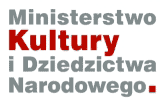
The Centenary of Regaining Independence of the Republic of Poland

